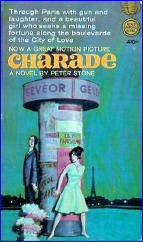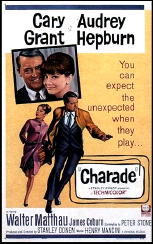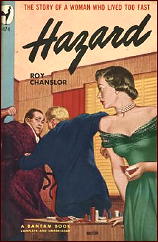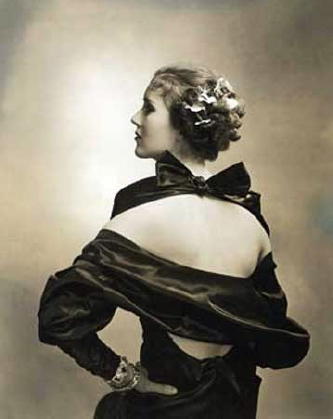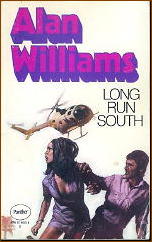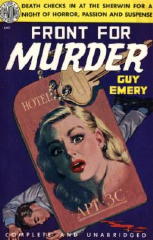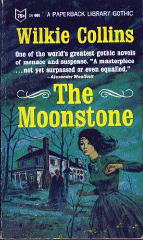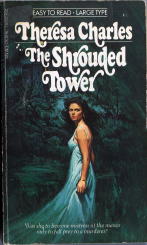Any assistance toward answering any of these questions would be greatly appreciated. Leave a comment or reply to me directly, and I’ll pass the word along to those who are asking.
(1) From John Herrington in the UK:
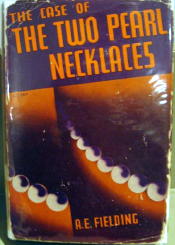
“I have been doing some research on the elusive Dorothy Feilding/A. Fielding and have discovered that papers relating to her are held in the collection of papers of UK literary agent A.P. Watt which are held in the library of the University of South Carolina.
“I asked the library but they are not willing to look themselves!! A pity as there might be vital clues about her. They suggested using a professional searcher, but I don’t want to pay up front for possibly a zero result – plus paying anyone might be difficult as I do not use credit cards.
“Don’t suppose you know anyone who might have access to the library who might be willing to have a look?”
(2) From Ken Johnson:
“I believe I mentioned previously that I am working on an addition to my Digest Index which will index the contents of the anthologies and collections therein. I have everything I need except for two books that are eluding me. I am writing to you in the hope that you can help me with these, or network me to someone who can.
“The hardest book to find is the Bonded Mystery edition of This Is Mr. Fortune by H. C. Bailey. The only documentation on this book is the listing in Kevin Hancer’s Price Guide. No library on the web has it and no one ever seems to be selling one.
“The most frustrating book is the Bestseller Library edition of The Mysterious Mr. Quin by Agatha Christie. Several libraries on the World Catalog have it but my attempts to get information through inter-library loan have been frustrated by the response that the book apparently does not have a contents page. It would seem I need to convince a friendly librarian to actually look at it and jot down the contents for me. I am optimistic on this score by the discovery that one of the libraries that has a copy is Bowling Green University.
“So, my first question is: do you know anyone, or can you network me to anyone, connected to Bowling Green University or their Popular Culture collection who might be willing to accommodate my request for info on the Christie book?
“The second question is: would you be willing to mention my quest for the contents of these two books in one of your blog entries, in the hope of drawing the info out of some collector?
“Any help you can provide would be greatly appreciated. The completed index will document several abridged mystery collections whose exact contents are not otherwise known and therefore will be potential annotations for the Addenda to Al Hubin’s Crime Fiction IV. I also be glad, after it is posted, to share with you my documentation for these collections.”
That edition of the book by H. C. Bailey may not exist. My copy of Hancer’s guide isn’t handy at the moment, but a quick check reveals that Graham Holroyd does not include it in his. Neither fact, that it’s in one and not the other, is entirely convincing. It would be nice to know for sure.
(3) This question’s from me. As everyone reading this already knows, I’m sure, Phyllis Whitney died not too long ago at the age of 104. While doing some research in CFIV over the weekend, I came across the following entry:
EMERY, (Russell) GUY (1908- )
Front for Murder (Macrae-Smith, 1947, hc) [San Francisco, CA] Boardman pb, 1948.
I asked Al Hubin whether he had any updated information about Mr. Emery. His reply: “Probably Guy Emery is not still alive, but he’s not in ssdi under any combination of his name, and peoplefinders doesn’t turn up anyone born in 1908.”
And that’s as far as I’ve gotten with this, except that it does give me a good chance to add a cover image that I’ve always thought was quite nice:
[UPDATE] 03-26-08. Results so far:
(1) One tentative offer to do the library research has been tendered so far, but if you live in that part of the country and are willing to do the required digging into some archives, please check to see if things have worked out as we hope they have.
(2) Ken has been in touch with a Popular Culture librarian at Bowling Green, and the titles of Mr. Quin stories are now known. As for the H. C. Bailey title, here’s what Dan Roberts has had to say:
Steve: Please pass this on to Ken Johnson or post it on your blog.
I can’t speak to the Christie Bestseller title, but no library or bookseller has the Bonded This is Mr. Fortune title because I’m virtually certain that it does not exist. Hancer is not the only reference that lists it — R. Reginald and M.R. Burgess also list it in Cumulative Paperback Index 1939-1959, Gale Research Co., Detroit 1973 page 9.
It is well-known that Reginald and Burgess (actually only Reginald — Burgess is a fictitious name) salted his compilation with a number of books that do not exist in order to nail plagiarists, and Hancer did indeed plagiarize and was successfully sued by Reginald. Since I’m familiar with the Bonded series (having once had them all and now having about 90% of them — some are digest size, others are pb size), I’m virtually certain the Fortune title is one of Reginald’s fake listings. H.C. Bailey’s The Twittering Bird Mystery (Bonded No. 8 ) does exist, however.
Hope this helps. Dan Roberts.
(3) Nothing yet on Guy Emery.
[UPDATE] 03-27-08. A reply from Ken Johnson, re the H. C. Bailey mystery:
Steve,
Actually I disagree. The intro to Reginald’s Cumulative Paperback Index mentions the check entries and states that none of them involve real authors, which is definitely the case for all the ones so far known. While Reginald lists both the Susan Wells ((Footsteps in the Air)) and the H. C. Bailey (which Hancer identifies as #s 15 and 16) he does not supply the book numbers, so Hancer could not have cribbed them from him. It is also my understanding that all of Reginald’s check entries were purged from Hancer’s later editions.
I looked again at my copy of Bonded Mystery #13. The inside back cover has an ad for both the Wells and Bailey books, with black and white drawings of the covers, stating that they will both be on sale next month. Since I cannot find any other confirmation of their existence, they were probably never issued. Hancer may very well have assigned them book numbers as a way of generating his own check entries, which he seems to have done a lot of after Reginald sued him for repeating his check entries.
I will have to update the entry in my Digest Index. If I hadn’t gone looking for the contents I might never have spotted this. Please thank Dan for his comments; I would appreciate any other comments he might have that would improve my index. I still have a lot to learn.
All my best,
Ken
